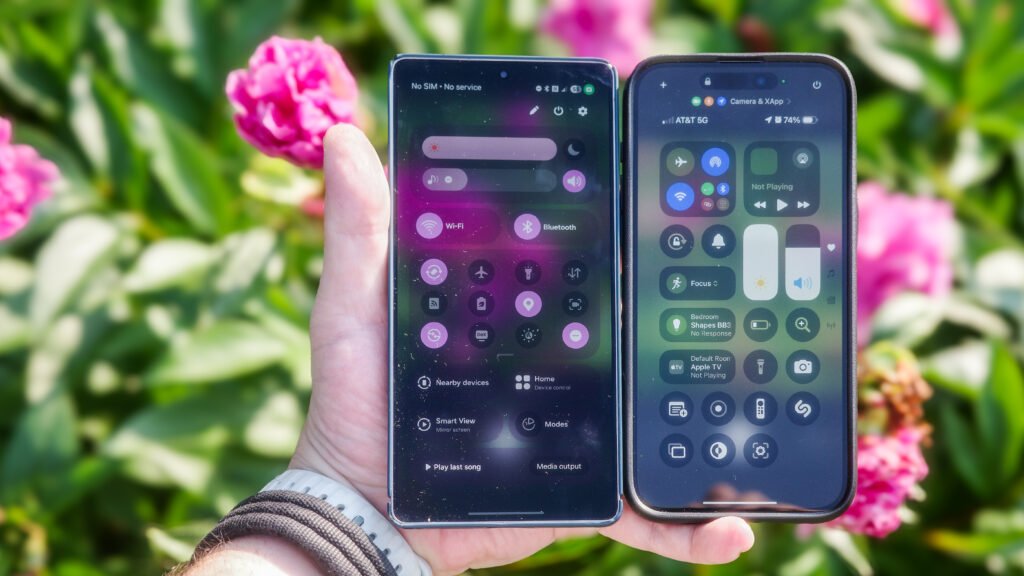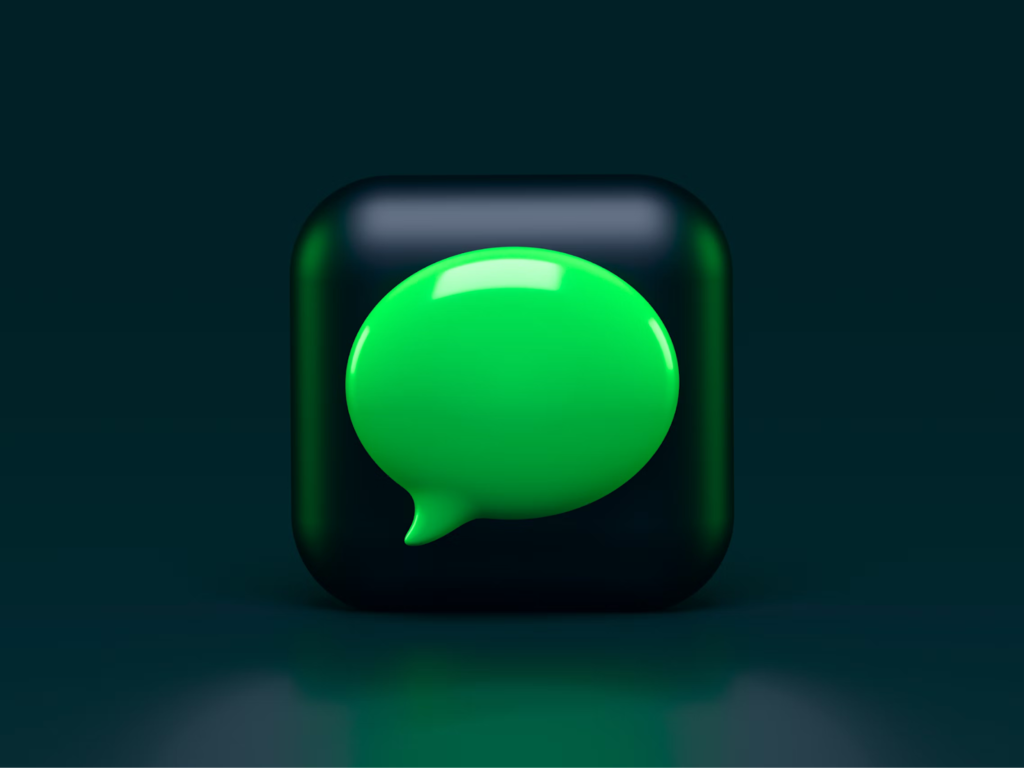A new study from Kyung Hee University explores how phones in “silent mode” may hold the key to healthier minds at work.
Researchers examined whether a mobile mindfulness training (MMT) program could improve stress, burnout, and work engagement among office workers.
The trial at Kyung Hee University included 114 participants, randomly assigned to either an experimental or control group.
Those in the experimental group used a mindfulness app called InMind for four weeks, while the control group delayed their participation until the second half of the eight-week study.
Assessments were conducted before the program, at the end of four weeks, and again at the eight-week mark. Outcomes included burnout, perceived stress, engagement at work, mindfulness, and vitality.
The study found clear benefits to the mindfulness app, with reduced stress and increased focus among participants.
Some of the strongest results were linked to participants who adopted broader lifestyle changes alongside the app, such as silencing their phones.
Some people never let their phones make a sound. The habit raises more than a few eyebrows. Psychology research says the choice speaks volumes.
Silent phones and personal space
“Your cognitive capacity is significantly reduced when your smartphone is within reach, even if it’s off,” said Adrian Ward, an assistant professor at the McCombs School of Business, University of Texas at Austin. According to a study by Ward and colleagues, even a silent phone pulls at the mind.
People who mute their devices often tuck them away as well, reclaiming cognitive capacity and a calm workspace. The absence of chirps removes the expectation of immediate responsiveness.
That choice signals respect for personal boundaries. They decide when contact happens instead of letting a ringtone choose the moment.
Over time friends and colleagues learn to text first and wait, reinforcing the owner’s sense of autonomy. The boundary is not a wall that shuts people out, it is a gate that opens on the owner’s schedule, a subtle distinction that turns silence into courtesy rather than avoidance.
Taking charge of your time
Disruptions consume more than the seconds they steal. Researchers estimate that after an interruption it can take 23 minutes and 15 seconds to regain full focus, a toll silent‑phone users are keen to avoid. By controlling notification windows, they group replies into set blocks and shave hours off the week.
Life today overflows with micro‑interactions that feel urgent but rarely are. Muting notifications teaches the brain to sort urgent from merely loud.
Once the habit forms, the mind anticipates longer arcs of concentration, and projects that used to stall now reach completion in shorter calendar time.
The cumulative effect mirrors compound interest, with every rescued minute growing into larger stretches of productive time. That payoff is especially visible in creative or analytical work where even a small break can fracture thought.
Silent phones and mindfulness
The same crowd often embraces mindfulness, turning the once‑noisy handset into a pocket coach. A four‑week mobile mindfulness program lifted attention and vitality among Korean office workers, showing that a quiet phone can foster calm rather than craving.
Muting alerts removes the constant tug back to the screen, creating space for an intentional breathing exercise instead of a reflexive swipe.
Clinicians note that the first step in any attention‑training protocol is reducing external triggers, and the silent setting accomplishes that task before meditation even begins.
Because the phone stays available for emergencies, the user keeps the benefits of mobility while pruning the anxiety‑inducing soundtrack.
Practitioners say the rhythm sticks. Once the brain associates silence with steady breathing, the simple state of being unreachable cues relaxation.
Colleagues notice the difference, describing these individuals as present, unhurried, and harder to rattle under pressure.
Silent phones reduce stress
Noise primes the body for action even when the message is trivial.
“Our research has shown that attention distraction can lead to higher stress, a bad mood, and lower productivity,” wrote Gloria Mark, a professor of informatics at the University of California, Irvine.
Keeping the ringtone off shields the nervous system from that steady stream of alerts, letting heart rate and cortisol stay low for longer stretches.
Physiologically, every ping can produce a brief spike in sympathetic nervous activity, a response designed for survival but unhelpful when the alert is a discount code.
Subtracting hundreds of such spikes each day eases the background hum of tension that many workers accept as normal. Many report better sleep as well, because no beep tempts them to check one last ping at midnight.
Chasing depth over buzz
A single ringtone can shatter the fragile cadence of heartfelt talk. Silent‑phone people stay fully engaged, catching pauses and tone shifts that others miss. The result is conversation that feels stitched together instead of patch‑worked between glances at a glowing slab.
That depth pays dividends in trust, an asset that cannot be captured by screen time metrics but shows up in stronger social support.
Observers often describe silent‑phone people as ‘good listeners,’ a reputation that circles back to benefit them in leadership and collaboration settings. Deeper bonds form because presence, like any gift, gathers value through its rarity.
Working in the flow
“People checked their phones more often when their devices were in silent mode,” said S. Shyam Sundar, James P. Jimirro Professor of Media Effects in the Donald P. Bellisario College of Communications and co-director of the Media Effects Research Laboratory.
The effect was strongest among people high in fear of missing out, yet seasoned muters offset it by putting the phone out of sight, breaking the feedback loop between silence and anxiety.
Experienced muters also disable lock‑screen previews, removing visual bait that can reel them back in after they glance at the clock.
By orchestrating sound, sight, and distance, they create a layered defense against distraction, similar to noise‑canceling headphones for the mind.
Once out of reach, the device loses power to fracture burnout‑prone workflows, letting users sink into the state psychologists call “flow.”
Self‑awareness on silent mode
At the core sits self‑knowledge. Silent‑phone users recognize how easily sound hijacks thought, so they craft environments that support their goals instead of relying on raw willpower.
Put simply, they have run the experiment on themselves and kept the setting that helps them move through the day with intention.
The same insight guides them to set bedtimes, plan reflective walks, and carve reading hours free from screens.
Putting your phone on silent mode is a small ritual, yet it broadcasts a larger message: attention is finite, worth protecting, and best spent by conscious choice.
The study is published in Computers in Human Behavior.
—–
Like what you read? Subscribe to our newsletter for engaging articles, exclusive content, and the latest updates.
Check us out on EarthSnap, a free app brought to you by Eric Ralls and Earth.com.
—–








